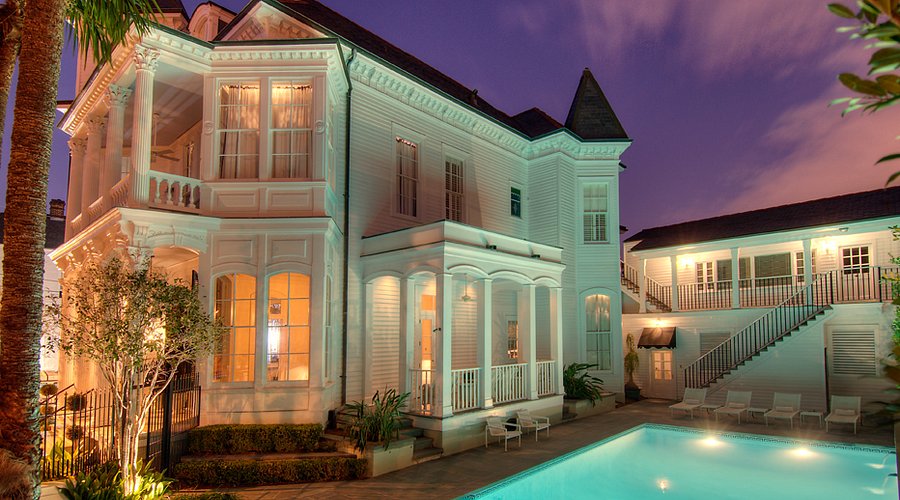Welcome to Melrose Mansion, a splendid testament to the grandeur of the American South’s antebellum era. Nestled within the Natchez National Historical Park in Mississippi, this Greek Revival masterpiece was constructed between 1840 and 1845 by John T. McMurran, a prosperous lawyer and plantation owner. Inspired by Scotland’s Melrose Abbey, McMurran named his estate ‘Melrose,’ a nod to his family’s fond memories of the abbey.
McMurran arrived in Natchez from Pennsylvania in the 1820s and quickly rose to prominence in the local elite society. With wealth accrued from his cotton plantations, he commissioned Maryland architect Jacob Byers to design the mansion, sparing no expense in its creation. The estate, spanning 80 acres, includes the 15,000-square-foot mansion, which stands as a prime example of Greek Revival architecture. The style was particularly popular in the pre-Civil War United States, noted for its symmetry, grandeur, and use of classical elements like the Doric columns that grace Melrose’s façade.
The mansion’s history is intertwined with the broader narrative of the American South. During the Civil War, Melrose was sold to Elizabeth and George Malin Davis due to McMurran’s financial struggles. The Davis family maintained the estate through challenging times, including the post-war era when the economy of the South was in upheaval. Despite periods of vacancy, Melrose remained largely intact, a testament to the resilience of its caretakers, including former Davis slaves Alice Sims and Jane Johnson.
Melrose offers a vivid glimpse into the lives of the antebellum elite and the enslaved individuals who worked there. Its interiors are adorned with Italian marble fireplaces, French gilt mirrors, and period furnishings that reflect the lifestyle of its original inhabitants. Notably, the mansion features a painted floor cloth in the central hall, original to the house, and a punkah in the dining room for ventilation. The surrounding grounds include original outbuildings, such as the kitchen and slave quarters, which add depth to the historical understanding of the estate.
Today, Melrose stands not only as a symbol of architectural beauty but also as a reminder of the complex history of the Deep South. Visitors can explore its storied halls and grounds, gaining insights into a pivotal period in American history.




